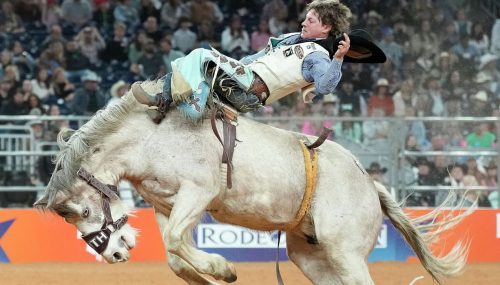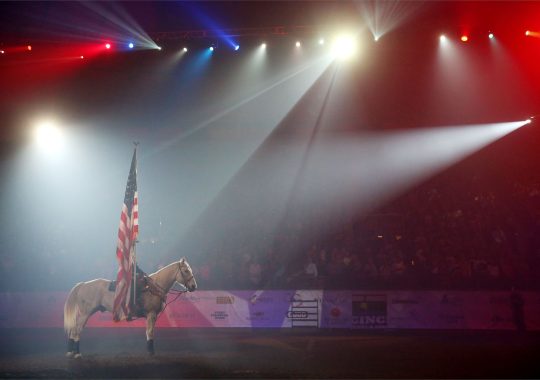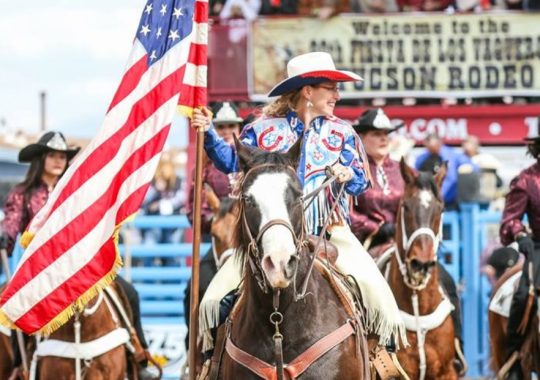Bareback riding is a captivating equestrian discipline that showcases the remarkable harmony between a horse and its rider. It is a form of horseback riding where the rider forgoes the use of a saddle, relying solely on their balance and skill to stay atop the horse. This style of riding dates back centuries and holds a special place in the hearts of horse enthusiasts and riders alike. Let’s delve deeper into the world of bareback riding, uncovering its history, techniques, safety measures, and more.
The History of Bareback Riding
Bareback riding traces its origins to ancient times when horses were essential for transportation, warfare, and agriculture. Initially, the practice of riding without a saddle was born out of necessity, as primitive communities lacked the resources to craft elaborate riding gear. Over time, this evolved into a specialized art form, demonstrating the exceptional bond between humans and horses.
Bareback Riding vs. Saddle Riding: Understanding the Difference
While both bareback riding and saddle riding involve mounting a horse, they differ significantly in terms of technique and experience. Saddle riding provides a stable platform and support for the rider, allowing for a more secure grip and precise control. On the contrary, bareback riding demands a higher level of balance, coordination, and finesse, as the rider must rely solely on their body to maintain equilibrium.
The Anatomy of a Bareback Ride
Understanding the Horse’s Anatomy
A fundamental aspect of bareback riding is understanding the anatomy of the horse. A rider must be aware of the horse’s skeletal structure, muscle groups, and movement patterns to anticipate its behavior and adjust their posture accordingly.
Mastering Balance and Control
Achieving balance and control while bareback riding is a skill that requires practice and patience. Riders must develop a strong core and leg muscles to maintain stability and effectively communicate with the horse through subtle shifts in weight and pressure.
Using Leg Pressure Effectively
Leg pressure serves as a primary means of communication between the rider and the horse. By applying subtle cues through leg pressure, riders can guide the horse’s movements and communicate commands effectively.
Training for Bareback Riding: Techniques and Tips
To excel in bareback riding, dedicated training and consistent practice are essential. Strengthening core muscles, fostering a deep connection with the horse, and perfecting balance are crucial elements of effective training.
Strengthening the Core Muscles
A robust core is the foundation of a successful bareback ride. Engaging in exercises that target the abdominal, back, and pelvic muscles can significantly improve a rider’s stability and endurance.
Developing a Connection with the Horse
Establishing trust and rapport with the horse is pivotal for a seamless bareback riding experience. Spending quality time with the horse, grooming, and understanding its behavior fosters a strong bond built on mutual respect and understanding.
Perfecting the Balance
Achieving balance on a moving horse is an art that demands continuous refinement. Riders can practice various exercises and drills to enhance their equilibrium and coordination, enabling them to adapt to the horse’s movements effortlessly.
The Adrenaline Rush of Bareback Riding: Why Riders Love It
Bareback riding offers an unparalleled adrenaline rush, combining the thrill of speed, agility, and the raw power of the horse. The intimate connection between the rider and the horse creates an exhilarating experience that heightens the senses and fosters a deep appreciation for the art of equestrianism.
Safety Measures for Bareback Riding
While bareback riding is exhilarating, it comes with inherent risks that necessitate precautionary measures. Wearing appropriate safety gear, understanding the horse’s behavior, and practicing in controlled environments are crucial steps to ensure the safety and well-being of both the rider and the horse.
Famous Bareback Riding Competitions and Events Around the World
Bareback riding has evolved into a popular sport with a dedicated fan base and prestigious competitions worldwide. Events such as the Professional Rodeo Cowboys Association (PRCA) Bareback Riding Championship and the Calgary Stampede showcase the finest bareback riders competing for coveted titles and prizes, drawing crowds from all corners of the globe.
The Art of Bareback Riding: A Spectator’s Guide
For spectators, bareback riding offers a captivating display of skill, athleticism, and the unbreakable bond between human and animal. Observing the seamless synchronization between rider and horse, the audience can appreciate the artistry and finesse involved in this unique equestrian discipline.
Bareback Riding Equipment and Gear: What You Need to Know
Though bareback riding primarily involves the rider and the horse, specific equipment and gear are crucial for ensuring a safe and comfortable experience. Items such as bareback pads, riding boots, and safety helmets play a vital role in providing stability, protection, and support during the ride.
Common Challenges Faced by Bareback Riders and How to Overcome Them
Bareback riding presents a set of challenges that riders must navigate skillfully. Issues such as maintaining balance, responding to sudden movements, and preventing fatigue require dedication, perseverance, and a deep understanding of the horse’s behavior.
Bareback Riding and Its Impacts on Horse Health: What You Need to Consider
While bareback riding fosters a strong bond between the rider and the horse, it is essential to consider the potential impacts on the horse’s health. Ensuring proper warm-up and cool-down routines, using suitable equipment, and monitoring the horse’s well-being are crucial for maintaining its physical and mental health.
Tips for Beginners: Getting Started with Bareback Riding
For those intrigued by the art of bareback riding, starting with the basics and seeking guidance from experienced riders and trainers is essential. Emphasizing safety, building core strength, and establishing trust with the horse are fundamental steps for beginners embarking on their bareback riding journey.
Conclusion
Bareback riding transcends mere horseback riding; it represents a harmonious blend of skill, trust, and mutual respect between the rider and the horse. From its ancient roots to its modern-day prominence in equestrian sports, bareback riding continues to captivate enthusiasts with its raw energy and profound connection to nature. Embracing the challenges and joys of bareback riding fosters a deep appreciation for the artistry and athleticism that define this timeless equestrian pursuit.
FAQs
1. Is bareback riding suitable for beginners?
Bareback riding requires a certain level of skill and experience. Beginners should seek proper guidance and training before attempting it.
2. What are the essential safety measures for bareback riding?
Wearing protective gear, understanding the horse’s behavior, and practicing in controlled environments are vital safety measures for bareback riding.
3. How can one develop a strong bond with their horse for bareback riding?
Spending quality time with the horse, understanding its behavior, and fostering trust through consistent interaction are key to building a strong bond for bareback riding.
4. What are some common mistakes made by novice bareback riders?
Novice riders often struggle with maintaining balance, understanding leg cues, and communicating effectively with the horse. Patience and practice are crucial for overcoming these challenges.
5. Are there specific breeds of horses more suitable for bareback riding?
While various horse breeds can be used for bareback riding, those with smooth gaits and a calm temperament are generally more conducive to a seamless riding experience.





